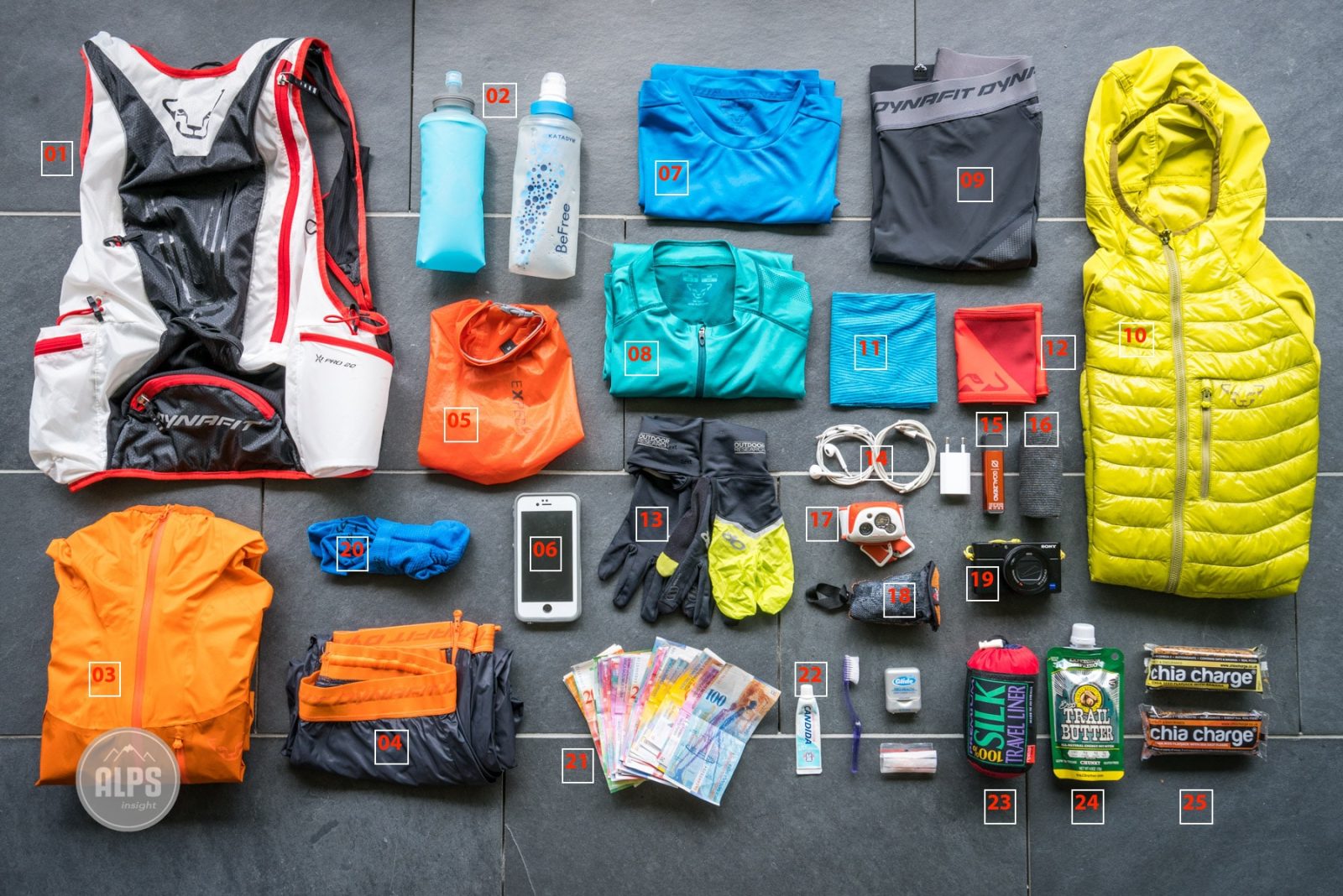
Morocco Packing List
Packing list for treks in the Atlas Mountains and Mount Toubkal
If you’re looking for a reliable packing list for your Mount Toubkal climb or trek in Morocco, you’ve landed in the right place. Our comprehensive list will help you be the best type of climber or trekker, prepared with the right balance of essentials while maintaining a manageable bag weight. Here’s the only packing list for treks and climbs in Morocco you’ll need to look at in the run-up to your expedition.
BAGS
Organised trips like our Mount Toubkal climbs are fully supported with guides and cooks, and mules (or porters where mules can’t cope with the terrain or conditions) to carry your main bag as well as tents (if needed), kitchen equipment and food. While this makes it easier for you to conserve energy and focus on reaching the summit successfully, it does mean that there is a weight limit to stick to. It’s also important to be very aware of the welfare of porters and mules during your climb, so not over-packing is key.
| Main rucksack or duffle bag with shoulder straps (around 70 litres) | Porters should not carry more than 20kg in total (if a porter is being used then this allowance needs to include space for their own belongings so make sure your main bag does not exceed the weight of 15kg). During winter climbs on Toubkal it may be that the weather and snow conditions mean that we cannot use mules so if you’re main bag is a duffle, rather than a ruck sack, then please ensure it has shoulder carrying straps. We recommend something like the Highlander Lomond Bag or The North Face Base Camp Duffle. 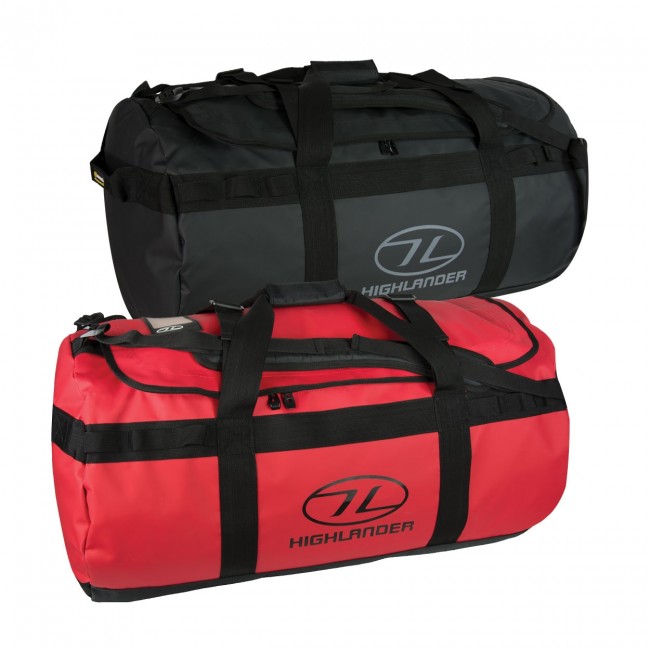 |
| Day pack (30-40 litres) | This is the bag you will carry every day on your back, so make sure it has room for essentials such as water bottles, spare layers and waterproofs, camera etc.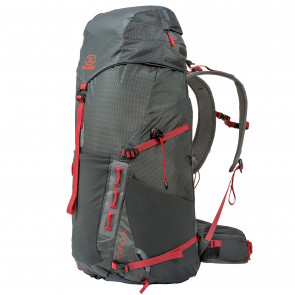 |
| Dry bags / tough poly bags | Make sure all your contents are wrapped in waterproof bags to keep them dry. Use them also to store used clothes during the trek. 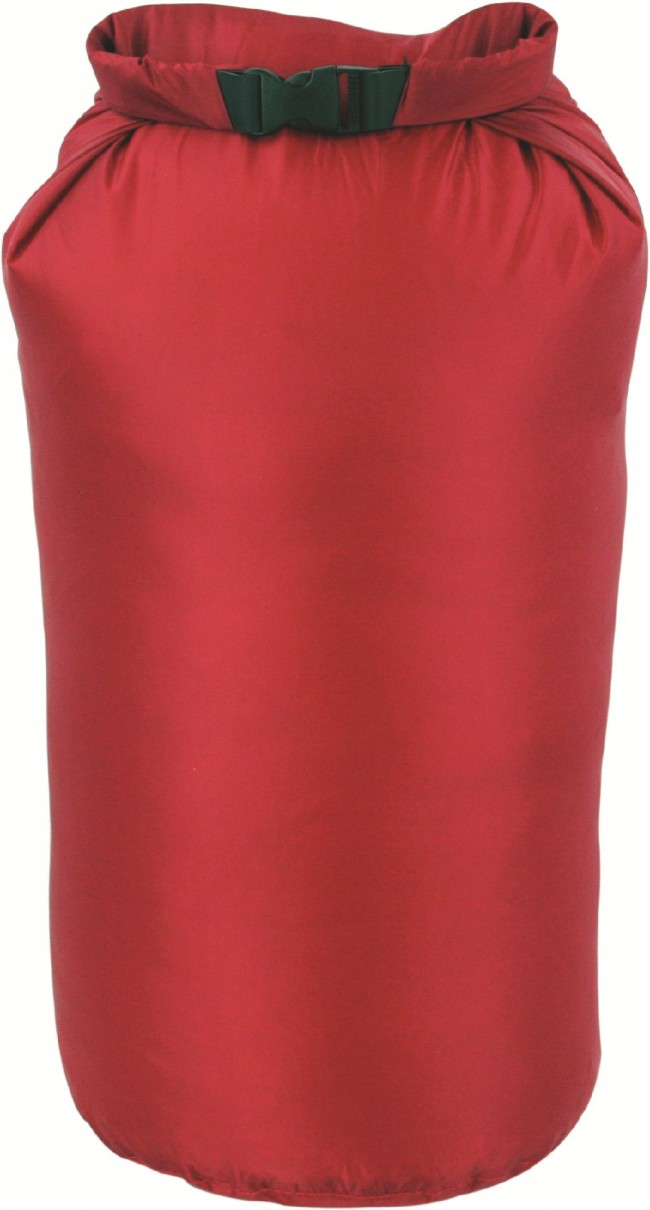 |
| Waterproof bag covers | Ruck sacks are rarely fully waterproof due to the amount of stitching on them so advisable to bring a cover for your day pack. |
| Travel bag | Bring another bag to leave in the hotel / riad in Imlil with your travel clothes inside. Some people will just use a bin liner or a stuff sack for this, any kit left in Imlil when you are on your climb of Toubkal or trek in Morocco will be very safe. |
SLEEPING EQUIPMENT
Your choice of sleeping bag and sleep accessories will depend on your personal needs and preferences, mostly you’ll be staying in riads and refuges with mattresses but if your itinerary has camping then you’ll also need to bring your own sleeping mat or Therm-A-Rest, have a read through our sleeping bag guide for further information.
| Sleeping bag | 3 Season sleeping bags are sufficient for the colder months but if you get cold easily, and especially during the winter months from November through to March it’s better to upgrade to a 4 season sleeping bag or use a 3 season bag with a fleece liner. 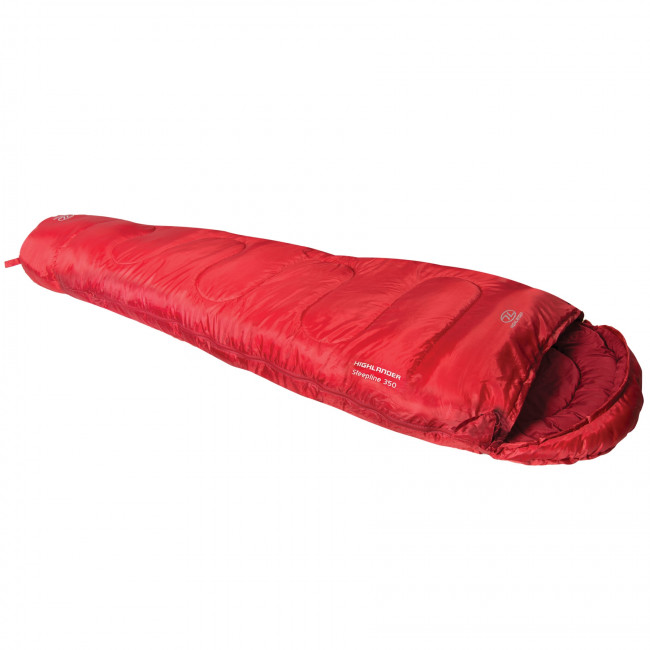 |
| Sleeping bag liner (fleece/silk) | Liners provide added warmth and a good fleece one will convert a 3 season bag to a 4 season bag. Silk is also warm and less bulky but any liner will help to keep your sleeping bag clean. |
| Sleeping mats | These are not required for the majority of our treks and climbs in Morocco (unless the itinerary specifically mentions camping), but are an option for those who desire extra insulation for their sleeping bag. The foam mattresses in a lot of the mountain refuges are well used so an extra layer of insulation with a closed cell foam mat or self-inflating Therm-A-Rest can help keep you warm and comfortable. |
| Travel pillow | Pillows are very useful and the soft ones are easily packed small, or else make a pillow out of your clothing. |
| Sleeping clothes | You are likely to want to go to the toilet at night s wear something in the sleeping bag, but keep it lightweight and not too tight. Remember sleeping bags are designed to work best without wearing layers or socks, but a T-shirt and leggings or thermals bottoms will be fine. |
CLOTHING
On the higher peaks of the Atlas mountains you are exposed to the elements at all times and your body will experience quite a big daily temperature range, from over 30 degrees C in the summer and lower slopes to minus 10 degrees C on the summits and high refuges, which can easily be lower with wind. Having the right clothing is essential and the trick is to use a system layers that can be added or removed as conditions change. Every day will require a slight change to your clothing, adding warmer layers, gloves and hats as you go higher.
| Waterproof / windproof jacket and trousers | Choose a breathable outer ‘shell’ layer like goretex as this will help to wick out any moisture and keep you dry inside. Make sure it has a hood and that you can fit your other layers of fleece and clothing underneath comfortably. |
| Down jacket / thick fleece | A down jacket or a thick fleece is essential for winter and summer summits. If you take a lightweight down jacket then you will probably need a fleece jacket as well in the winter (plus the outer shell over the top). Remember that synthetic insulted jackets remain warm even if they get damp or wet and is probably the better option as it is common to get rain on the likes of Toubkal. |
| Mid layer fleeces / jumpers | You will need a midlayer fleece or equivalent jumper for use over T-shirts / base layers and under the jacket. One or two will be enough. |
| Base layer | Base layers or thermals are lightweight and add a vital warm layer on cold evenings. Women bring leggings too which are also good for the first few days walking (on a winter climb ensure that you have warm thermal underwear, particularly for the summits) |
| Trekking trousers / shorts | Good quality walking trousers, preferably made of a quick dry material. Remember cotton does not dry quickly and jeans are not good for mountain hiking. Many trekking trousers have zips to convert into shorts, or take a separate pair of shorts for the lower level. One or two pairs will be enough. |
| Trekking tops/ t-shirts | A couple of trekking shirts or tops for the first few days, avoiding cotton. T-shirts and sports tops also work but will probably need a fleece layer on top for when you stop. Choose short or long sleeved. |
| Underwear | It’s best to have a clean pair every day. Cotton will get damp and uncomfortable so opt for synthetic or merino wool and remember a dry bag to keep used clothes inside your main pack. Merino is a natural fibre which is naturally odour-resistant, moisture-wicking, insulates when wet, and dries fast. It is soft and comfortable against the skin and not too hot in warm temperatures. Synethic (mix of nyon and spandex) is also soft, comfortable, breathable and fast drying and cheaper than merino. Consider a fitted style like hipster or bikini brief which won’t ride up or chafe. For men, the same principle applies and best to avoid loose shorts which can bunch up. |
| Insulated gloves/ liner gloves and mitts | Fleece gloves, preferably with a waterproof outer or mitts, and thin inner gloves are advised for winter climbs, best to have a pair of warm gloves on summer treks to keep hands warm at altitude, where it can be cold all year round. |
FOOTWEAR
Looking after your feet is important for all treks and mountain climbs. The right care and preparation will save you from pain and blisters, so cut your nails before setting off and keep feet clean and dry. Foot talcum powder is quite good too but remember to wash it off at the end of the day. Take some blister pads just in case and change socks every day.
| Walking boots | Leather boots are best, make sure they are well treated or have a waterproof lining to keep you dry. Boots should have proper ankle support and have a stiff midsole so the boot doesn’t bend too much. You can read more about boots in our trekking boot guide. Remember also that your feet will swell at altitude and after a days walking so check first that you have some space for movement at home with your summit socks on (crampon compatible boots are required for our Toubkal Winter climb). |
| Spare laces and footbed | The terrain is quite unforgiving so do bring spare boot laces. Also if your feet do get damp then one option is to put in a spare dry footbed the next morning. |
| Trekking socks | Trekking socks for the early days will be fine – one pair per day – but for the summit days a woollen mix is warmest, but check they fit comfortably in your boot with no tightness. |
| Camp footwear | Change out of boots when you get to your riad / refuge or camp and let them air out. Bring a pair of camp shoes such as trainers or lightweight walking shoes or sandals. You will also use these for toilet visits at night. |
HEADGEAR / EYEWEAR
We lose half of our body heat through our heads, so keeping your head warm while trekking in colder conditions is essential. On the flipside, there’s also risk of sunstroke and sunburn with the intense UV rays at high altitude.
| Buff® / scarf | The Buff® is ubiquitous on treks and climbs and is very useful to protect the face from sun and dust and wind. They can be made of stretchy thin material or fleece. You can use a scarf or snood equally well. |
| Sunglasses | Eye protection is vital, as the UV rays are particularly strong even in cloud. UV400 sunglasses are a must and try to take a pair that have side protection.Be careful of prescription glasses that change colour, they normally do not provide enough UV protection and the lenses often aren’t big enough to prevent the rays getting into the eyes. |
| Wide brimmed sun hat | One of the biggest risks of trekking in Morocco is exposure to the sun and possible heat stroke. A sun hat must be worn at all times if it’s sunny and if it has a brim all the better to protect the back of your neck and ears. |
| Insulated hat | When the weather turns cold you’ll need to keep the heat in your body with a warm thermal hat. Make sure it covers your ears and isn’t too tight. |
| Ear plugs / phones | Optional for music fans who like to zone out to their favourite album or doze off to podcasts at night, but also very useful against the noises of other hikers who snore. |
| Contact lenses | You can wear contact lenses on Moroccan treks without any problem, the altitude and low pressure on the peaks will not affect the fit of your lenses. The biggest issue is hygiene and handling the lenses, and also dryness of the eye caused by the wind and dry air. Dailies are easier but take saline drops as well as your usual cleaning liquids, and your glasses. |
PERSONAL HYGIENE
There are showers and bathing facilities on the treks and climbs, on itineraries with camping we’ll provide a bowl of hot water at camps for washing your face and hands. For larger groups, we can provide a shower tent with a bag of water warmed up by the sun. The following is really just suggestions, there is no doubt you have your own personal preferences.
| Wash kit | Toothbrush and travel size toothpasteSmall bar or bottle of soap, preferably biodegradable. Lifeventure offer a range of travel soaps in small bottles.Dry shampoo is useful, we recommend Batiste travel sized cansSmall hair brush – your hair will get matted and tangledTravel towel – one of the soft fibre quick drying ones is bestHand sanitiser gelNatural Skin Care for cracked hands and feet, insect bites, sunburn or blisters – Green Goo is an excellent plant-based salveFace wipes – preferably biodegradable, we recommend Simple or Rawganic, or re-usable ones like Helen RoundLip balm with SPF25 protection – Carmex is excellentDeodorant – natural aluminium-free brands include Crystal, Native, Each and Every. Crystal is a salt based stick that kills the bacteria that make you stink without all of the nasty stuff that is found in chemical based deodorants.Tweezers, cotton buds – not essentialTissues – aloe vera travel packExtras for men: Small mirror, razor and shaving cream – Elemis shave gel has aloe vera and witch hazel to help with your skin after a day in the sun and wind Extras for women: Pee cloth is useful, we recommend Kula cloth. Feminine wipes – a natural wipe like Swipes Lovin Wipes, Goodwipes or Rael. Menstrual cup – these silicone cups can stay in for up to 12 hours without odor or discomfort and are re-usable. OrganiCup is certified hypoallergenic and toxin-free |
REPAIR KITS
Be prepared for small repairs during your trip, from tears in jackets to jammed zips, the smallest issues can be an annoyance. Repair kits give you peace of mind and can come in handy in many situations.
| Gaffer tape | A small roll handy for rips and tears. |
| Multitool | The pliers help with stuck or broken zips |
| Safety pins and cable ties | Useful to pin a jacket together if the zip is completely broken |
CAMERAS / TECH
There are charging facilities in the riads on treks in Morocco and in the refuges in the mountains, though best not to rely on having access in a busy refuge so come prepared to be self-sufficient with power when you’re at the higher altitudes.
| Head torch and spare batteries | This is essential, particularly if camping or for going to the loo at night. There are many types available but something like the Petzl Tikka would be adequate. Have one complete spare set of batteries. |
| GPS/altimeter | This is optional but very useful for tracking your progress. Some people use a satellite tracking device called a SPOT so people can follow their route at home. |
| Camera | Most people use smartphones nowadays but they are difficult to handle with gloves unless you have a selfie stick. A digital camera will provide better pictures and a lightweight tripod is useful for night shots. Take spare SD cards and a spare battery pack, they do lose power quickly in the cold. |
| Smartphone and apps | Smartphones are very useful for apps on the mountain and taking pictures, but there is only limited phone signal and no data signal at the time of writing. A Moroccan SIM card will be cheaper to use. Some interesting websites with apps:Altimeter this is the free google versionWorld Summits – routes on Toubkal |
| Power pack | Charging at the higher refuges may be limited, particularly if they are busy so come prepared with a power pack if you plan on using electronic devices |
FIRST AID
The guides carry an extensive first aid kit, and we also provide advice on the various drugs and high altitude sickness. However you should still carry a personal first aid kit for minor complaints.
| Personal medication | A general antibiotic for a bacterial infection, Immodium or Lomotil for diarrhoea, inhalers if you use them, and painkillers for headaches (Tylenol, ibuprofen for example). Also take throat pastilles for the inevitable dry throat. |
| Altitude drugs | Diamox (acetazolamide) is the most commonly known and it does help as a preventive treatment for Altitude Mountain Sickness but only if mountaineering principles are followed, namely keep a slow pace. Read our blog on taking Diamox for more information and advice.Dexamethasone is effective for preventing and treating AMS and HACE and prevents HAPE as well. And nifedipine, by reducing pulmonary arterial pressure, is effective in treating HAPE (pulmonary oedema).Please note that in the case of serious altitude sickness the guides will effect immediate descent, night or day, and use all the facilities at their disposal to get a person to safety, including a helicopter service, rescue cars, stretchers and a well established support network. |
| Oral rehydration sachets / Nuum | Essential for replacing the salts in your body that are lost whilst hiking and getting dehydrated at high altitude. Nuum are tablets that you mix with water to help with salts and energy. |
| Plasters, bandages and zinc oxide tape | Plasters will be very useful for any cracked skin and small cuts, a bandage with tape for something worse. Compeed blister pads for your feet, plus a good quality tape to cover over hot spots if necessary. |
| Antiseptic cream and wipes | For small cuts and grazes. Keep small wounds clean and when possible air them out. |
| Eye drops | Dry tired eyes is common and eye drops are very useful, or a small eye bath. Dust can get everywhere too, so the drops can help with irritation. |
| Sun cream | Sun burn is a serious risk, particularly at altitude, so make sure you bring a strong factor sun block. To avoid having to reapply, choose a long-lasting, waterproof one. P20 is a good choice which doesn’t run. |
MISCELLANEOUS
| Water bottle | Make sure you have a bottle as you’ll need to stay hydrated. Platypus or camelbacks are fine too, but the tubes may freeze on summit day and must be insulated. Note that disposable plastic bottles are not recommended. |
| Trekking poles | These are very useful but especially for the descent, anyone worried about their knees should take a pair, preferably with suspension. |
| Toilet roll | Best to bring your own, particularly for the higher refuges where it is not always guaranteed |
| Book/games | There will be time to relax in the evenings, so bring a book or kindle, a deck of cards or a small game. |
| Padlock | The best padlocks are protected by security code rather than key. |
| Plug adaptor | Look for the type C and E plug adaptor to use in Morocco. |
DOCUMENTS
| Passport | Don’t forget a photocopied version (and a photo on your phone) in case of loss / theft |
| Travel Insurance | Keep a paper copy as well as a digital copy in case you can’t access your phone |
| Money | Bring cash as well as credit / debit cards. The hotels and riads in the cities will take card payments but there are no ATM’s in the mountain villages (including Imlil) so important to have enough cash with you when you head to the mountains for tips, soft drinks, etc. Read our practical information page for more details on money and costs. |
| Flight Details | Keep a paper copy as airport officials like to see it when you arrive at the airport and are leaving |
EXTRA KIT FOR WINTER CLIMBS
| Mountaineering boots | Leather doubles, plastics or hybrids, B1 or B2 crampon compatible, read our mountain boot & crampons guide for more information |
| Crampons | 10 or 12 point walking crampons, read our mountain boot & crampons guide for more information |
| Walking axe | Walking axes should have a leash attached, you may find walking poles with snow baskets a good alternative |
| Harness | An alpine harness is your best bet, with adjustable leg loops to fit over bulkier clothing |
| Karabiners | 2 x screw gate HMS karabiners with a long (~120cm) climbing sling |
| Ski Goggles | Category 2-3 UV polaroid are preferable |
| Gaiters | Essential for deep snow |
| Balaclava | Useful for keeping warm – optional |
| Handwarmers | Useful for keeping warm – optional |
| Helmet | There is no danger from rock fall, head injuries are potentially from falls / slipping on the snow – optional |
BUYING VS. RENTING
For those who regularly climb or trek, buying your own equipment, boots and sleeping bags are a good investment. But renting is an option that can save money and make packing a lot easier. You can rent last minute items in Morocco at Imlil.
Book Your Adventure of a Lifetime Now
Discover our trips to other Countries
Adventure Alternative Articles
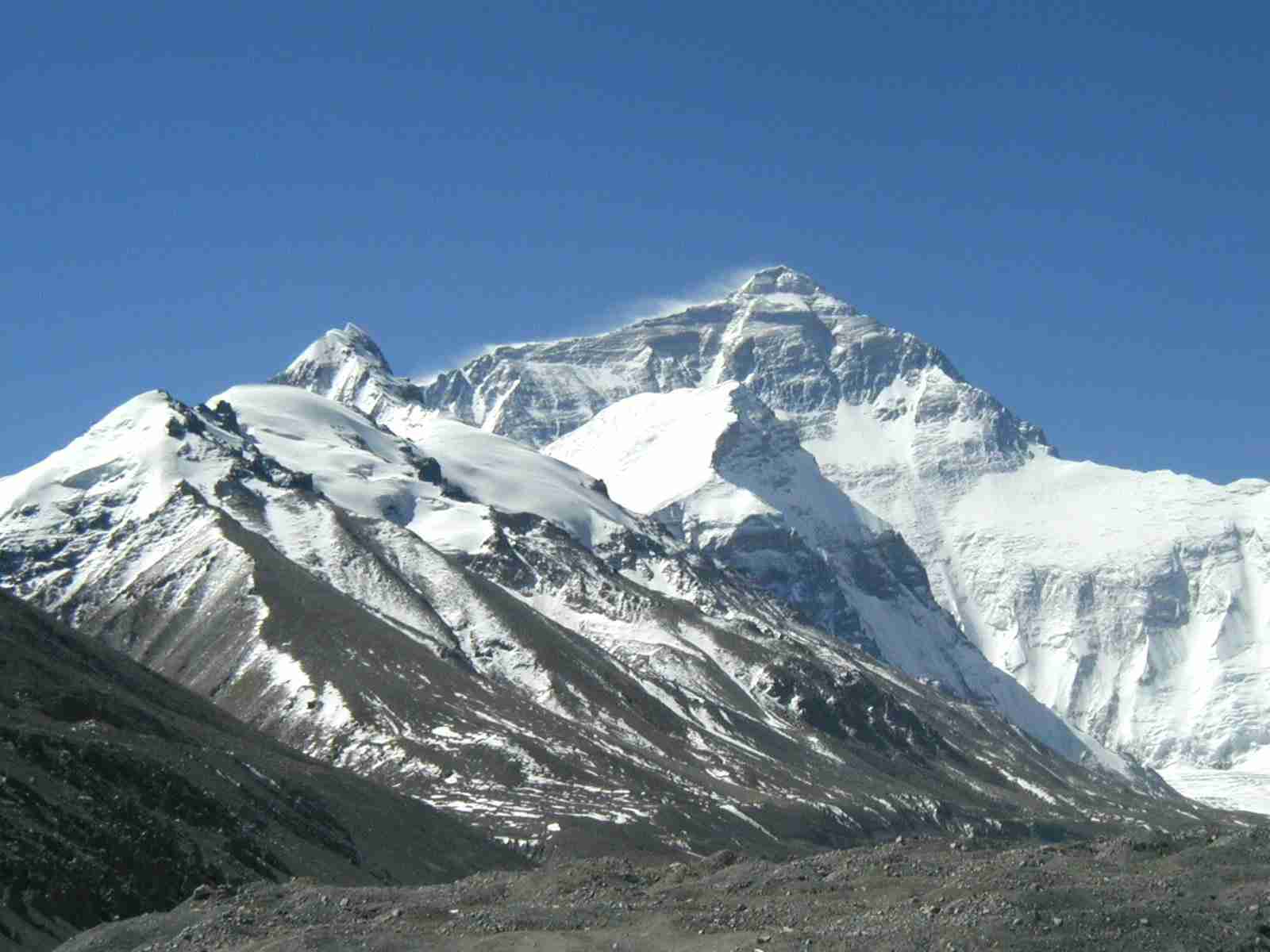
12 MONTHS, 12 MOUNTAINS
Climbing Calendar Ready for World Mountain Day In celebration of World Mountain Day, we've created a calendar for the year to make it easy for...
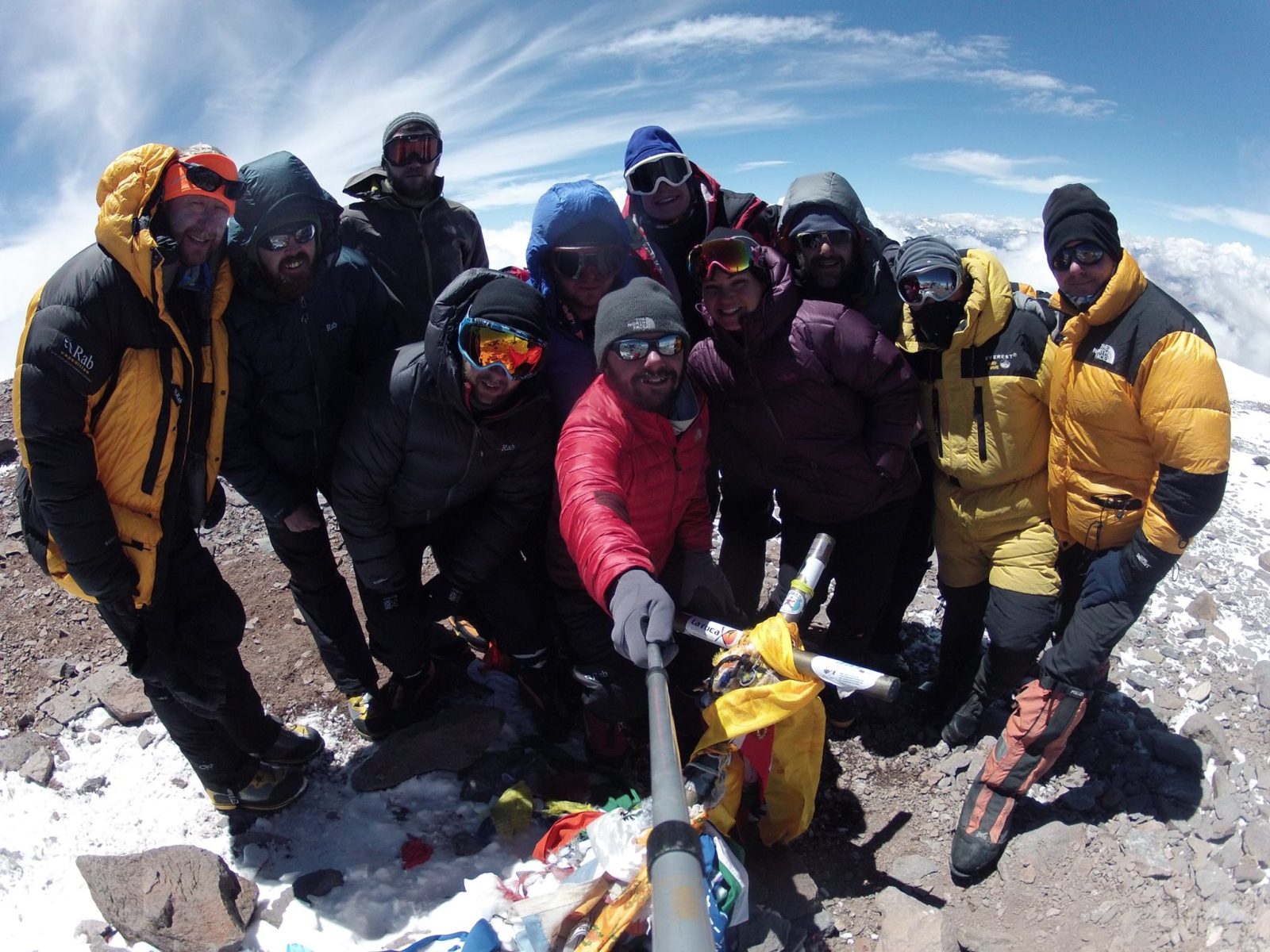
Mount Aconcagua Trip Review
January 2016 This year we had a team of twelve clients from four different countries – Iran, Ireland, England, South Africa and Argentina –...
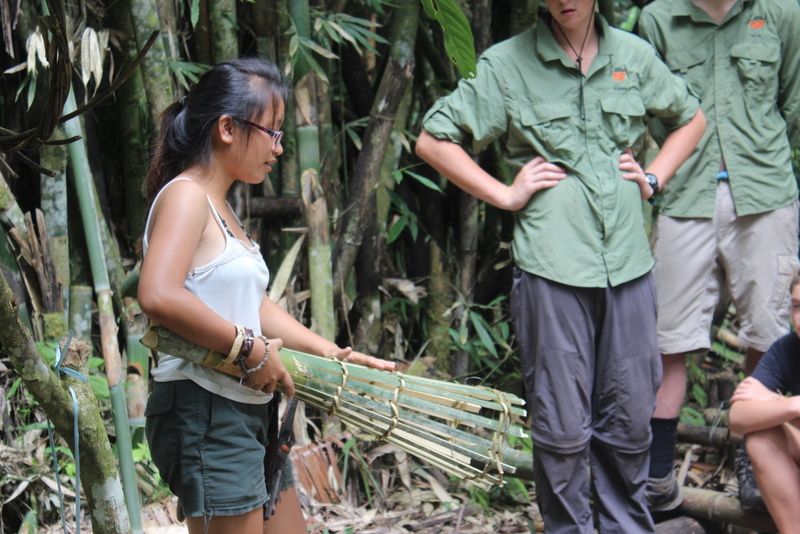
Alcey’s Survival Skills Course at Lupa Masa Jungle Camp
SURVIVAL SKILLS COURSE AT LUPA MASA JUNGLE CAMP | ADVENTURE ALTERNATIVE In celebration of International Rural Women’s Day, we’re talking...